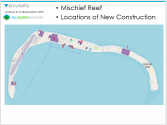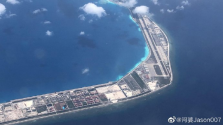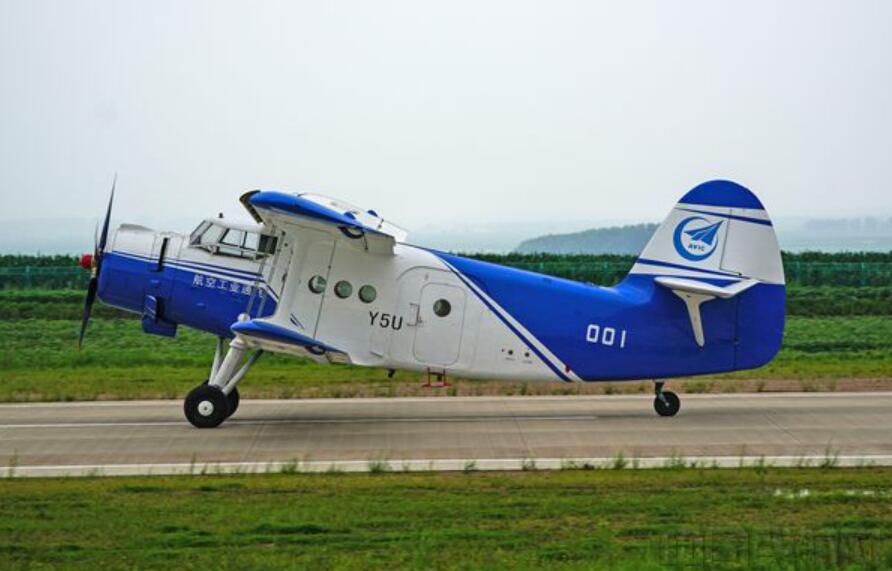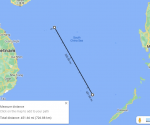Via Tai Hai Chen fro m Bloomberg
And here is the report the article was based on Very interesting
A new report by the U.S. Naval War College pulls together what is known about one of the world’s oddest cities. Sansha City was founded by China in 2012 and is the world’s largest city by area, covering 800,000 square miles of the South China Sea within the “nine-dash line” that China claims for itself. That makes it 1,700 times the size of New York City. Most of Sansha City is salt water, although it includes the Paracel Islands, which Vietnam and Taiwan claim, and the Spratly Islands, various of which are claimed by Vietnam, Taiwan, the Philippines, Malaysia, and Brunei.
City Hall, so to speak, is on Woody Island, one of the Paracels. “Once a remote outpost, Woody Island has become a bustling hub of activity,” says the 57-page, heavily footnoted
, which was written by China expert Zachary Haver for the War College’s China Maritime Studies Institute. “The island now boasts expanded port infrastructure, seawater desalination and sewage treatment facilities, new public housing, a functioning judicial system, 5G network coverage, a school, and regular charter flights to and from the mainland.”
Beyond Woody Island, Sansha City is “developing tourism in the Paracel Islands, attracting hundreds of newly registered companies, cultivating aquaculture, and encouraging long-term residency,” the report says. There are jails and a courthouse, where two people were tried and sentenced for buying and transporting endangered wildlife in the Spratly Islands.

The obvious question is why China is going to such lengths to build a civilian infrastructure in a watery region that is effectively under control of the People’s Liberation Army Navy and China’s semi-militarized coast guard. Haver’s nuanced answer is that China’s system of “military-civil fusion” is “a mechanism to govern contested areas as if they were Chinese territory,” like any mainland city. Sansha City is effectively an extension of the Chinese Communist Party. “The expansion of the city’s party-state institutions allows municipal authorities to directly govern contested areas of the South China Sea and ensures the primacy of Chinese Communist Party (CCP) interests in local decision-making,” the report says.
Sansha City is what China calls a prefecture-level city, which on the mainland is an administrative unit that includes a central city as well as surrounding cities, towns, villages, and rural areas. In other words, geographically large—but not this large.
The “normalized administrative control” exercised by Sansha City is strongest in the Paracels, but “elements of this system also exist in the Spratly Islands and show signs of expanding,” writes Haver, who is a fellow at the Center for Advanced China Research, lived in China for three years, and is proficient in Mandarin Chinese.
Sansha City, just nine years old, is evidence that China is settling in for a long stay. “In entrusting these responsibilities to the municipal party-state and supporting the city’s development, Beijing has revealed that its ambitions extend beyond dominating the South China Sea via CCG [Chinese Coast Guard] and PLA Navy operations,” Haver concludes. “Through Sansha’s system of normalized administrative control, China is gradually transforming contested areas of the South China Sea into de facto Chinese territory.”
And here is the report the article was based on Very interesting







